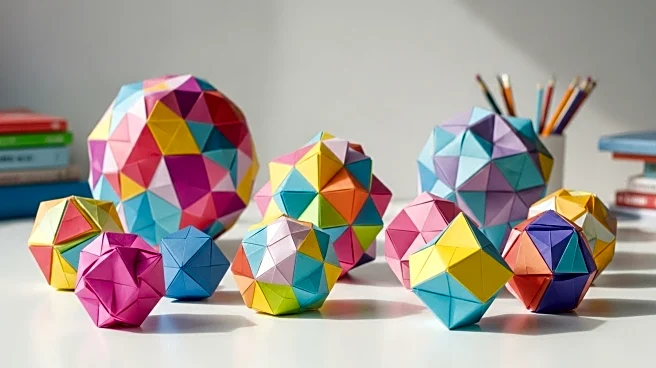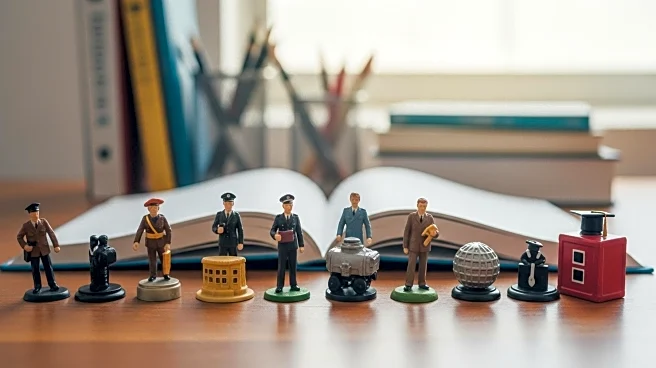Model building is both a hobby and a career that involves creating physical models from kits or materials acquired by the builder. These models serve as physical representations of objects, maintaining accurate relationships between their components. Kits are available in various skill levels, ranging from simple snap-together pieces to complex assemblies requiring expert skills. The hobby is popular for its educational value, teaching skills such as patience, attention to detail, and problem-solving.
Core Facts
Model building kits are classified by skill levels, which indicate the degree of difficulty. Skill level 1 kits are the simplest, featuring snap-together pieces that do not require glue or paint. Skill level 2 kits require glue and paint, while skill level 3 kits include smaller and more detailed parts. Advanced skill levels 4 and 5 kits come with components that have extra-fine details, with level 5 requiring expert-level skills.
Notable Details
The hobby of model building is not only about assembling kits but also involves creativity and customization. Builders often modify kits or create models from scratch using various materials. This aspect of the hobby allows for personal expression and innovation, making it a rewarding experience for enthusiasts.
Comparisons and Contrasts
Model building differs from other hobbies in its focus on precision and scale. Unlike painting or sculpting, model building requires adherence to specific dimensions and proportions to accurately represent the original object. This precision is what sets model building apart and makes it a unique and challenging hobby.
Key Data Points
Model building is a popular hobby worldwide, with numerous clubs and competitions dedicated to it. The hobby has educational benefits, as it helps develop fine motor skills, spatial awareness, and an understanding of engineering principles. It also fosters a sense of accomplishment and pride in one's work.

 Discover Daily
Discover Daily 









